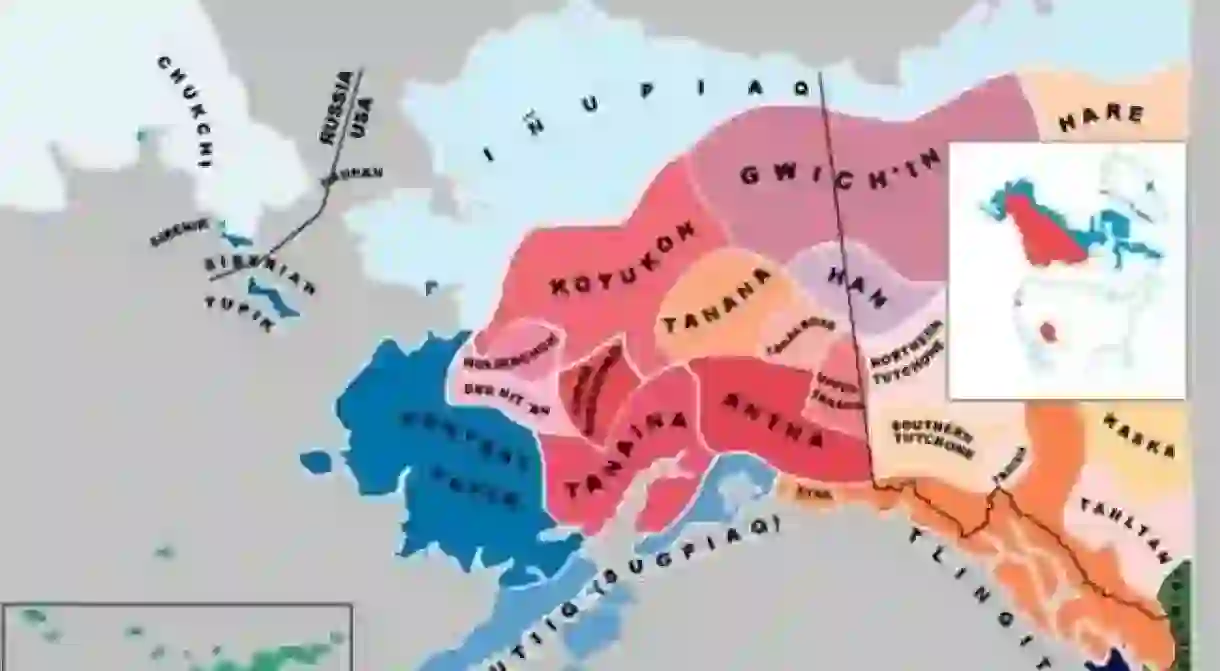How Alaska Is Saving Its Native Languages From Extinction

The State of Alaska recognizes a whopping 21 official languages – one of which is English. The rest are made up of native languages, and are in danger of extinction. Here’s everything you need to know about Alaska’s plan to combat their decline.
Background
Native languages in Alaska include Inupiaq, Siberian Yupik, Central Alaskan Yup’ik, Alutiiq, Unanga, Dena’ina, Deg Xinag, Holikachuk, Koyukon, Upper Kuskokwim, Gwich’in, Tanana, Upper Tanana, Tanacross, Hän, Ahtna, Eyak, Tlingit, Haida, and Tsimshian.
Yet even with all of those languages recognized, a new report put out by the Alaska Native Language Preservation and Advisory Council states that these indigenous languages are in a state of “linguistic emergency.” By 2100 most of those 20 indigenous languages are expected to be extinct or dormant unless work is put in to saving them. So what’s being done about it?

Plan of action
Some of Alaska’s native languages have already become extinct. Most recently, the language of Eyak lost its final fluent speaker in 2008, while Haida, Tsimshian, Han, and Upper Tanana each have fewer than ten speakers each in Alaska, according to the report.
The Council lobbied Alaska’s Governor, Bill Walker, to issue an administrative order that would both recognize the languages are in danger of becoming extinct and would help make policies that would promote and develop use of those languages.
The future
Currently, the bill is in a state House Rule committee. Should it pass in a House vote, the bill will then be introduced in the Senate.













